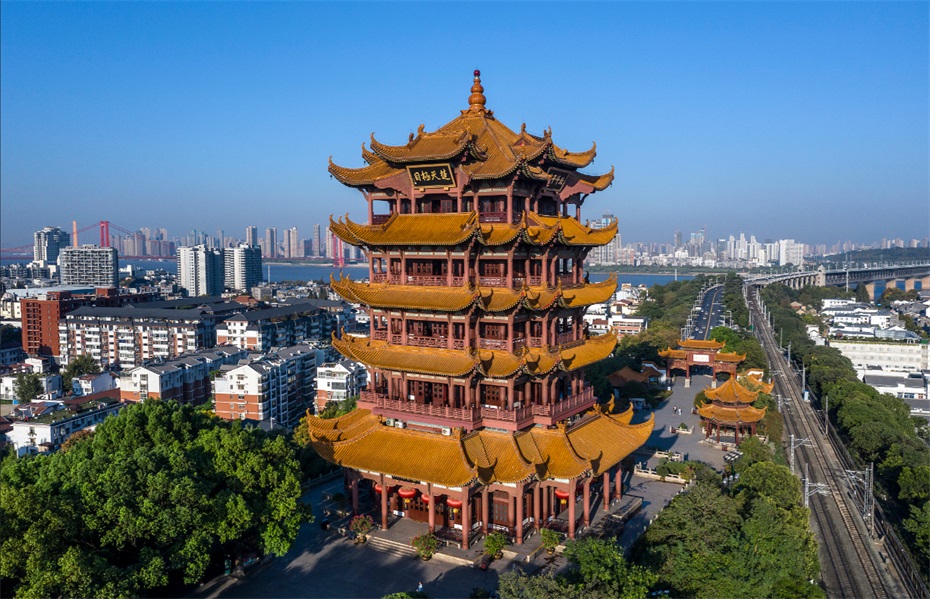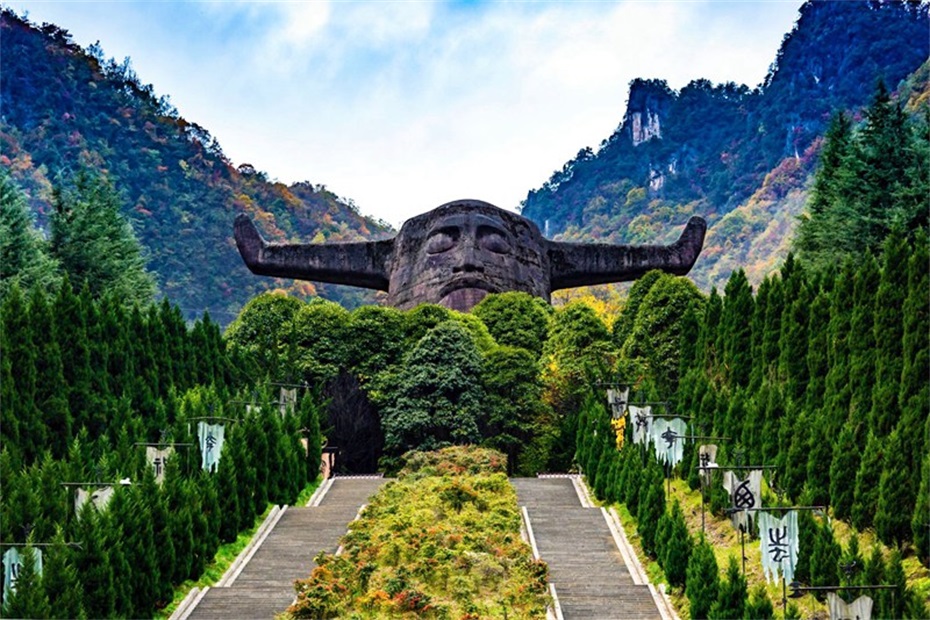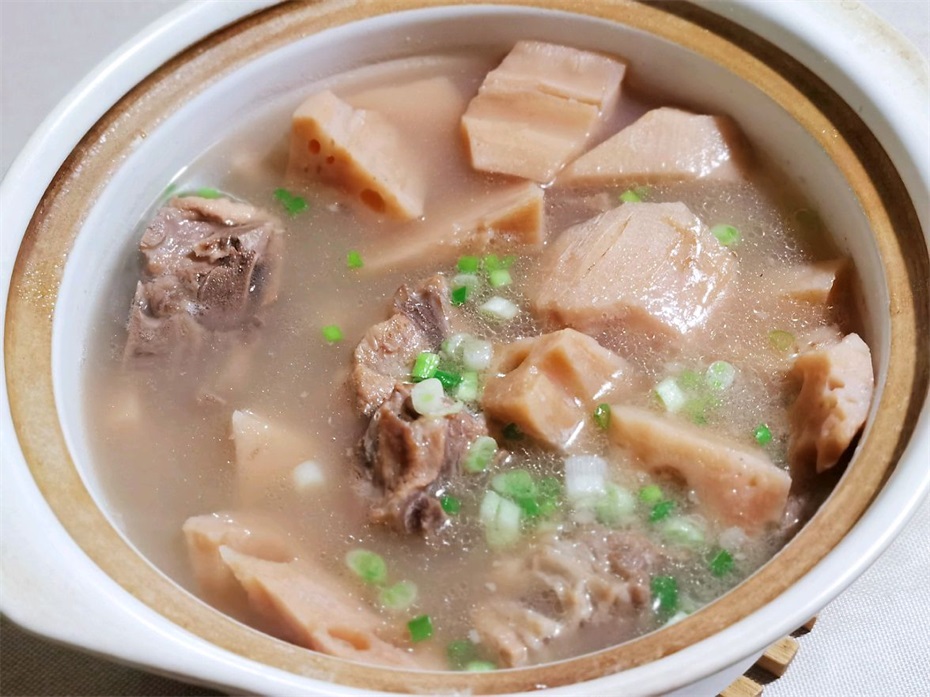Hubei Province
Overview of Hubei Province

Hubei Province, abbreviated as "E", is located in central China and the middle reaches of the Yangtze River, named after its location north of Dongting Lake. The total area of the province is 185900 square kilometers, with 13 prefecture level administrative regions (12 prefecture level cities, 1 autonomous prefecture) under its jurisdiction, and a permanent population of 58.44 million people (2022 data). In 2022, the total regional GDP of the province reached 5.37 trillion yuan, ranking seventh in the country. It is an important industrial base, agricultural base, and science and education base in China.
Hubei Province currently governs 12 prefecture level cities including Wuhan (provincial capital), Huangshi, Shiyan, Yichang, Xiangyang, Ezhou, Jingmen, Xiaogan, Jingzhou, Huanggang, Xianning, and Suizhou, as well as Enshi Tujia and Miao Autonomous Prefecture. As an important part of the Yangtze River Economic Belt, Hubei is known as the "thoroughfare of nine provinces" and the "land of fish and rice", and is also one of the birthplaces of modern Chinese industry.
2Ӣ Geographical features
1. Location characteristics
Hubei Province is located between 29 ”ć 05 ”ä -33 ”ć 20 ”ä N latitude and 108 ”ć 21 ”ä -116 ”ć 07 ”ä E longitude. It borders Anhui to the east, Chongqing to the west, Shaanxi to the northwest, Jiangxi and Hunan to the south, and Henan to the north. The Yangtze River runs 1061 kilometers from west to east across the province, and the Han River joins the Yangtze River in Wuhan, forming a unique geographical pattern of the confluence of the two rivers.
2. Terrain and landforms
The terrain of the whole province is characterized by three sides being high and the middle being low:
Western region: mountainous area of western Hubei (the highest peak in Shennongjia is 3105 meters)
Northern region: Tongbai Mountain Dabie Mountain area
Eastern region: Mufu Mountain Range
Central region: Jianghan Plain (accounting for 20% of the province's area)
3. Water system distribution
Yangtze River system: main stream and Dongting Lake system
Hanjiang River System: The largest tributary of the Yangtze River
Qingjiang River System: Major Rivers in Southwest Hubei Province
Lakes: Honghu, Liangzi Lake and other provinces with thousands of lakes
4. Climate characteristics
Belonging to subtropical monsoon climate:
Annual average temperature: 15-17 ”ę
Annual precipitation: 800-1600 millimeters
Significant features: distinct four seasons, rain and heat in the same season
3Ӣ Historical context
1. Origin of Civilization
Paleolithic Age: Skull Fossils of Yunxian People (1 million years ago)
Neolithic Age: Qujialing Culture (5000 years ago)
Shang and Zhou dynasties: the birthplace of Chu culture
2. Organizational history
Spring and Autumn Period and Warring States Period: The Core Region of Chu State
Qin and Han Dynasties: Jingzhou Governor's Department
Yuan Dynasty: Establishment of Huguang Province
Qing Dynasty: Establishment of Hubei Province's administrative system
3. Modern and Contemporary Development
1861: Hankou was opened as a port
1911: Wuchang Uprising
After the establishment of the People's Republic of China: construction of important industrial bases
21st century: Strategic pivot for the rise of the central region
4Ӣ Cultural Essence
1. Regional cultural characteristics
Chu culture: a romantic and magnificent artistic style
Three Kingdoms Culture: Historical Sites such as the Battle of Red Cliffs
Shouyi Culture: The birthplace of the Xinhai Revolution
Tujia Culture: Enshi Ethnic Minority Customs
2. Intangible Cultural Heritage

Folk Art: Yellow Plum Picking Flowers, Daye Embroidery
Traditional techniques: Qichun moxibustion, Yi Hong tea production
Folk culture: Loong Boat Festival Loong Boat Race, Tujia Waving Dance
3. Dialect characteristics
Southwest Mandarin: Most parts of the province
Gan language: parts of the southeastern region
Jianghuai Mandarin: Northeastern Region
Tujia language: Enshi ethnic minority areas
5Ӣ Tourist destinations
1. World Heritage Sites

Shennongjia
Chinese Tusi Site (Tangya Tusi City)
Silk Road (Xiangyang section)
2. 5A level scenic spot
Wuhan Yellow Crane Tower Park
Yichang Three Gorges Dam - Qu Yuan's Hometown
Enshi Grand Canyon Scenic Area
Shiyan Wudang Mountain Scenic Area
Shennongjia Ecotourism Zone
3. Featured tourism
Three Gorges Tour of the Yangtze River: Yichang to Chongqing section
Three Kingdoms Cultural Tour: Jingzhou Ancient City, Gulong Middle
World Heritage Tour: Wudang Mountain, Shennongjia
Red Tourism: Wuchang Uprising Memorial Hall
6Ӣ Food map
1. Characteristics of Hubei cuisine

Jingzhou: Fish Cake, Public Security Beef
Xiangyang: Beef Noodles, Kongming Vegetables
Huanggang: Dongpo Braised Pork, Braised Chicken with Chestnuts
2. Featured snacks
hot dry noodles
Seafood tofu
Chinese doughnuts
Enshi Kang Potato
Xiaogan rice wine
3. Specialty drinks
Yichang black tea
Fangxian Huangjiu
Honghu Lotus Seed
Zigui navel orange
7Ӣ Development Status
1. Industrial system
Optoelectronic Information: "China Optics Valley" Wuhan Donghu High tech Zone
Automobile Manufacturing: Dongfeng Motor Headquarters
Biopharmaceuticals: Wuhan National Biotechnology Industry Base
Modern Agriculture: Jianghan Plain Commodity Grain Base
2. Transportation network
High speed railway: "Mi" shaped high-speed railway hub
Water transportation: Yangtze River Golden Waterway
Aviation: Wuhan Tianhe International Airport
Highway: The mileage of expressways exceeds 7000 kilometers
3. Innovation ecosystem
Wuhan is a science and technology innovation center with national influence
Optics Valley Technology Innovation Corridor
Xiangyang and Yichang Regional Innovation Centers
9 national high-tech zones
From the banks of the Yangtze River to the secret land of Shennong, from the famous Yellow Crane Tower to the Three Gorges Dam, this land of "Thousand Lakes Province" is writing a magnificent chapter of high-quality development in Hubei in the new era with the courage of "daring to be the first" and the spirit of "pursuing excellence". It has both the heroic spirit of "having a clear and comfortable vision" and the poetic spirit of "seeing the Yangtze River flowing across the sky", and is becoming an important practice place for Chinese path to modernization.
simliy
